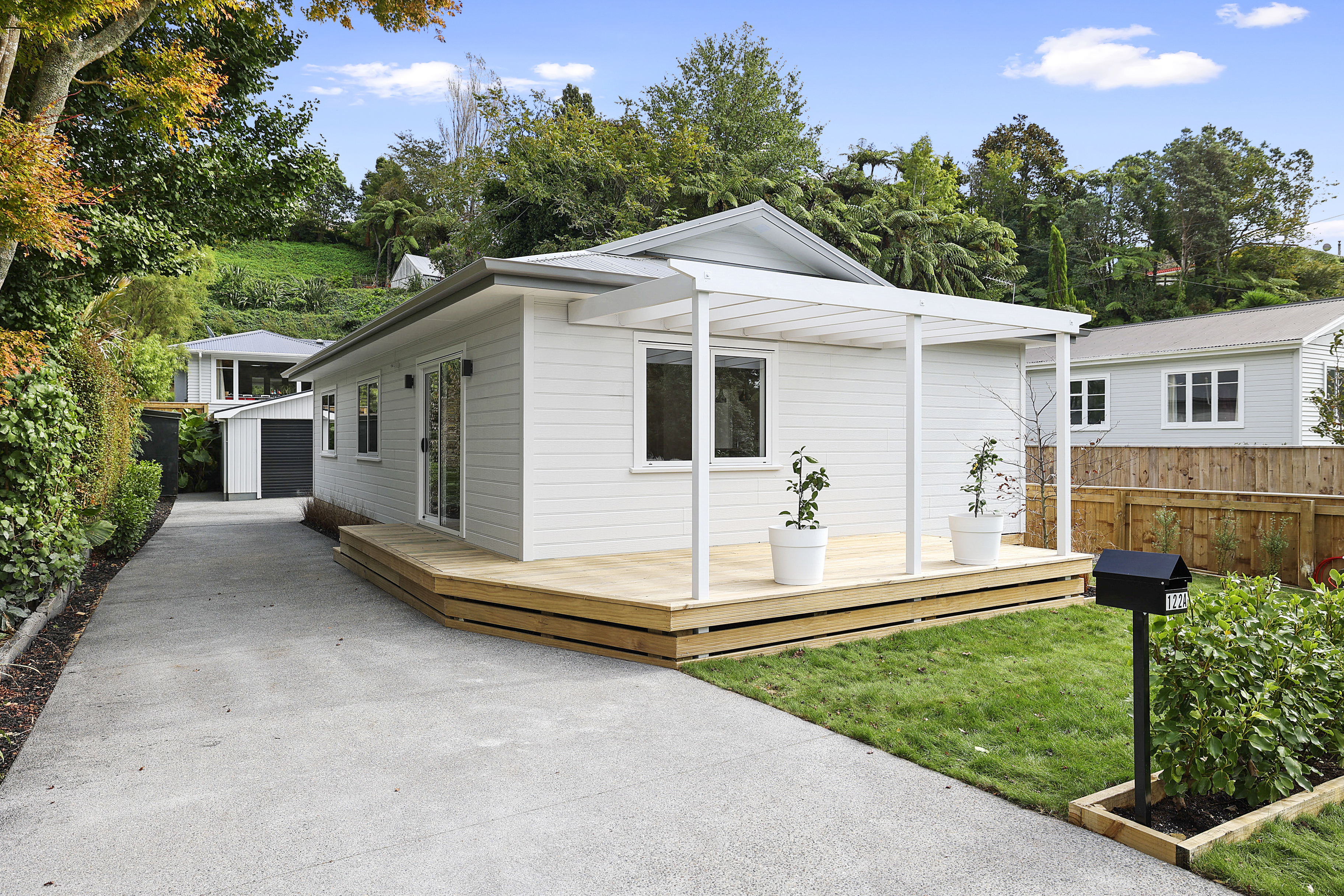What's the difference between transportable homes and portable homes?
.png?width=800&height=450&name=Transportable%20vs%20portable%20homes%20-%20June%202023%20(1).png)
Portable and transportable homes are two of the most popular alternative ways to build a house. Although these terms are often used interchangeably, they have one distinct difference in their design.
In this article, we explore the key difference between the two types of homes, including details about their design, construction, and popular examples. To find out which option suits your building project, read our tips below.
What is a portable home?
Portable homes are residential structures that are built to be easily moved as and when required. They usually have off-grid setups and aren’t meant to be permanently fixed to a site.
In order to be easily relocated, portable homes are usually smaller than traditional houses. They come in various shapes and forms, such as tiny homes, mobile homes, and converted shipping containers. Some other key features of a portable home are:
-
Requires a temporary site
-
Small living space
-
Design is restricted by size
-
Limited storage
-
Easy to move as required
-
Typically loses value over time
-
Usually not connected to site services
-
A difficult compliance process
Tiny homes
On average, New Zealand tiny homes are 37.16m² or less and designed to be self-contained. They come with all the basic amenities, including a kitchen, bathroom, and living area. Some tiny homes are built on a trailer base, making them easier to move around as required.
Tiny houses do not have to be on wheels but many people opt for transportable designs in order to ensure compliance with various regulations.
One significant drawback of tiny homes is that you need to have access to land that you can park the dwelling on temporarily. For first-home buyers, this is typically too far out of reach.
Mobile homes
Mobile homes include campervans, caravans, and converted trucks which are all designed to be transported on a permanently attached chassis.
The main appeal of a mobile home is that it can be quickly and easily moved from place to place. This is ideal for travelling the country and going on holidays as you have all the comforts of home available without booking expensive accommodation.
Mobile homes range from basic models with minimal features to more elaborate designs with multiple bedrooms and bathrooms. In terms of utilities, a mobile home might have self-contained units that require regular maintenance, or you might need to use public facilities.
Shipping container homes
With many people looking for creative ways to build an affordable home, shipping container homes have become a popular choice. Being a strong and well-built structure, shipping containers provide a simple base to build off.
To make a shipping container liveable, there’s a lot of planning involved. Firstly, you need to find a suitable container that hasn’t been used to store harmful chemicals. Secondly, you’ll need to decide on a functional layout.
When you have a floor plan you’re satisfied with, you’ll need to obtain compliance. This can be a complicated process, especially when you are trying to fit so many features into such a small space.
What is a transportable home?
A transportable home is designed to be transported to a site and then permanently fixed in place. Unlike portable homes, transportable homes are intended to be a long-term housing solution and are built to last for decades.
Additionally, they are typically larger and come in a wider range of designs. The most common examples of transportable homes include relocatable homes, prefab homes, and modular homes. Some key features of a transportable home include:
-
Comfortable size
-
Design is impacted by transportation dimensions
-
More storage
-
Durable and built to last
-
Typically retains value over time
-
Flexible designs and customisations
Relocatable homes
Relocatable homes are existing homes that can be moved from their original location to a new site. As a way to free up desirable land, these older houses are often sold by developers at a relatively low price.
If you buy a relocatable home, you will also need to budget for transportation, as well as any building work that needs to be done after installation. Older homes tend to come with a few compliance issues which can end up costing you a lot more than anticipated.
Modular homes
Consisting of multiple sections, modular homes are built in a factory and then delivered to the building site. Once the modules are on-site, they’re fixed to the foundation as one cohesive unit. This method means that the layout and size of a modular home can be easily customised.
Prefab homes
Prefab homes are fully constructed in a factory and then delivered to the building site on a flatbed truck. With faster building times, fewer weather delays, and lower labour costs, the prefab method is far less expensive than traditional construction.
To fit on the truck in one piece, prefab home designs must fit within certain dimensions. At Manor Build, all our prefab designs are built to comply with the New Zealand over-dimension operating requirements.
Which construction method is right for you?
The choice between a portable home and a transportable home ultimately depends on your needs and lifestyle. If you are looking for a temporary housing solution or want the ability to relocate frequently, a mobile home or portable tiny home will be a better option.
If you need a more permanent dwelling that provides a better return on investment, a transportable prefab home is the wiser choice.
Ready to build your dream home? Here at Manor Build, our team is determined to make your experience stress-free and enjoyable. Ask our friendly team for tailored advice or browse our floor plans to start planning your dream home. 
Tags: Transportable/Prefab home Housing Market Trends

.jpeg)

